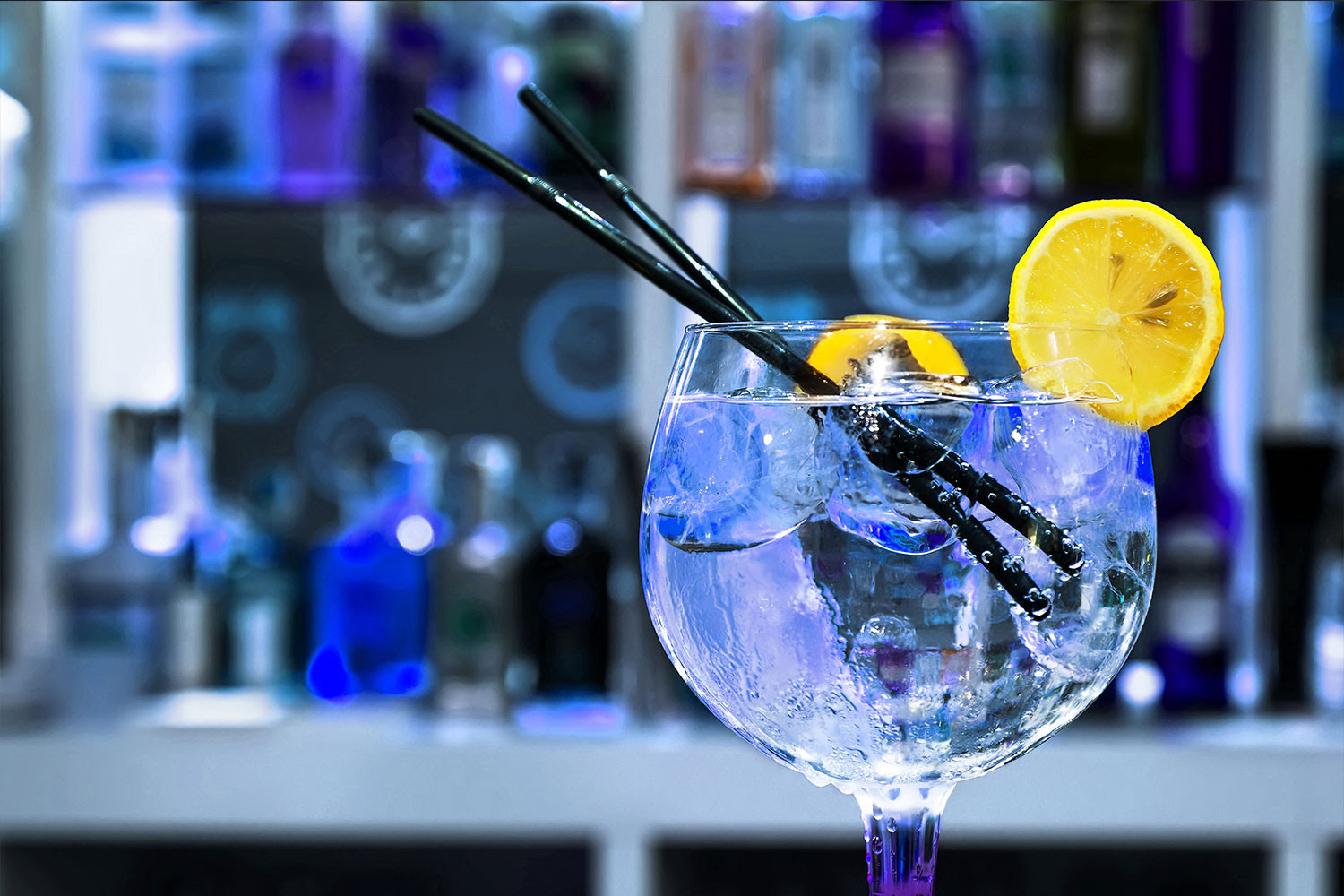The History of Gin
The Origin of Gin
The origin of gin likely dates back to liquors produced back in the Middle Ages, with references to a spirit flavoured with “genever” referenced 13th Century Flemish manuscripts. By the 1600s, hundreds of distilleries had been opened in the city of Amsterdam alone.
There are different types of gin with London Dry Gin being the most popular. Whilst Juniper must be the leading flavour, other botanicals can be used to make gin – these often include anise, saffron, liquorice, orris root, cinnamon and cassia bark. The word ‘gin’ may derive from either the Dutch “jenever” or the French “genièvre” – both of which translate as “juniper”.
Juniper
Juniper has been used since the 13th century, and has been used as a medicine to treat stomach complaints.
While it is now best known for flavouring gin, and responsible for gin’s name, juniper forests are thought to have helped the most prehistoric humans with day-to-day life. They used juniper forests for food, fuel, wood and shelter, and juniper is also a symbol of longevity, fertility, athleticism and strength.
The Price of Gin
Gin hasn’t always been a premium product – the cost of gin used to be so cheap that the poor would indulge to excess.
Gin was sold everywhere by street hawkers and private houses alike; by 1723 the death rate in London had overtaken birth rate – largely due to over-consumption of gin!
The Rise of Gin
In the 18th century, gin began to change into a classier, well-made spirit. This is mainly due to spirit duties being cut and spirit production doubled, which resulted in distillers wanting to open their own outlets to compete with pubs.
These ‘ Gin palaces’ were luxurious and very much in contrast to the slums that housed the poor – who were still the biggest drinkers of gin.








